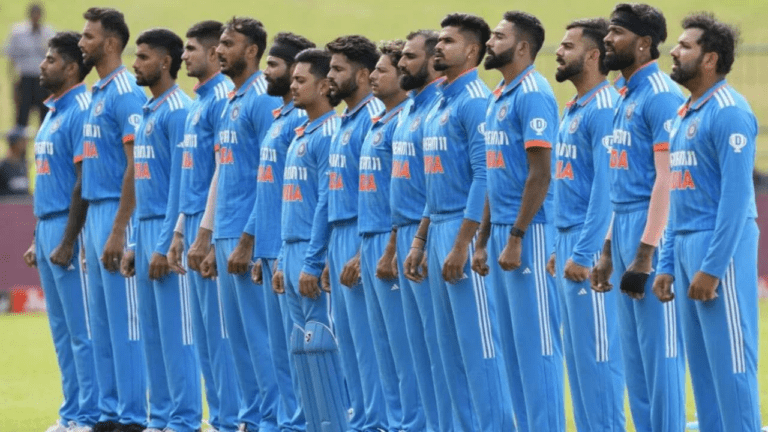The Evolution of IPL Broadcast Commentary: From Legends to Modern Voices
Lotus365, Gold365: Social media has revolutionized the way we engage with commentary on various topics. With platforms like Twitter, Facebook, and Instagram, individuals are able to share their opinions and thoughts instantly with a global audience. This instantaneous nature of social media commentary has led to a more rapid spread of information and the ability for discussions to take place in real-time.
Moreover, social media has also allowed for a more diverse range of voices to be heard in commentary. Unlike traditional media outlets, social media platforms provide a space for individuals from all walks of life to contribute to conversations on important issues. This democratization of commentary has the potential to bring about new perspectives and challenge existing narratives in a way that was not possible before the rise of social media.
Evolution of Commentary Styles
Commentary styles have transformed significantly over the years, shaped by various factors such as technological advancements and societal changes. In the past, commentary was predominantly seen in traditional forms like newspaper columns and radio broadcasts, where experts offered their opinions on different subjects. However, with the rise of digital platforms, commentary has diversified and become more accessible to a wider audience.
The digital age has ushered in a new era of commentary styles, with the emergence of blogs, podcasts, and social media platforms where individuals can readily share their views on a multitude of topics. This shift has democratized commentary, allowing for more diverse voices to be heard and fostering interactive discussions among users. As a result, the landscape of commentary has become more dynamic and inclusive, reflecting the evolving preferences and behaviors of audiences in the digital age.
How has social media influenced commentary styles?
Social media has had a significant impact on commentary styles by providing a platform for instant feedback and interaction. This has led to the rise of more informal and conversational commentary styles.
What are some examples of the evolution of commentary styles?
Some examples of the evolution of commentary styles include the shift towards more opinionated and personalized commentary, as well as the use of memes and gifs to convey emotions and reactions.
How has the rise of social media platforms changed the way commentary is delivered?
The rise of social media platforms has changed the way commentary is delivered by enabling real-time commentary, increasing the reach of commentary, and encouraging more creative and engaging ways of expressing opinions.
Are there any drawbacks to the evolution of commentary styles?
Some drawbacks of the evolution of commentary styles include the potential for misinformation to spread quickly, the rise of cyberbullying and harassment, and the risk of echo chambers forming where only like-minded individuals engage with each other.







